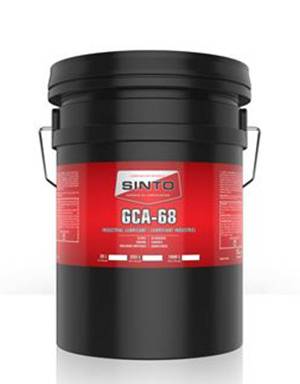Nov . 27, 2024 02:15 Back to list
Properties and Applications of Rigid Polypropylene Sheets in Various Industries
The Advantages and Applications of PP Rigid Sheet
Polypropylene (PP) rigid sheets have emerged as an essential material in various industries due to their high versatility, durability, and eco-friendliness. This thermoplastic polymer is renowned for its lightweight nature and excellent mechanical properties, making it an ideal choice for a multitude of applications across several sectors, including packaging, automotive, construction, and consumer goods.
Composition and Characteristics
PP rigid sheets are manufactured from polypropylene resin, which is derived from the polymerization of propylene monomers. This material is characterized by its high tensile strength, impact resistance, and stiffness. Additionally, PP sheets are resistant to many chemicals, making them suitable for usage in environments where exposure to solvents, acids, or bases is common. The material can also withstand a wide range of temperatures, adding to its application potential.
Another significant feature of PP rigid sheets is their lightweight nature. This property not only makes handling and transportation easier but also contributes to overall energy efficiency in various applications. The ease of fabrication is another advantage; PP sheets can be easily cut, shaped, and molded using standard manufacturing techniques such as thermoforming, injection molding, and extrusion.
Applications in Various Industries
PP rigid sheets are utilized in a variety of applications, each benefiting from the material's unique properties.
1. Packaging Industry One of the most prominent uses of PP rigid sheets is in the packaging sector. The material's durability ensures that it can protect products during transport and storage. Its lightweight nature helps reduce shipping costs, and its ability to be easily printed upon makes it a popular choice for branding and marketing. Furthermore, PP's recyclability enhances its appeal in the environmentally conscious market.
pp rigid sheet

2. Automotive Sector In the automotive industry, PP rigid sheets are used for various internal components such as dashboards, door panels, and instrument panels. The lightweight nature of PP helps to improve fuel efficiency in vehicles. Additionally, its resistance to heat and chemicals makes it suitable for use in areas exposed to high temperatures and harsh conditions.
3. Construction and Building The construction sector utilizes PP rigid sheets in applications such as wall coverings, roofing materials, and subsections for sound insulation. The rigidity and durability of the material make it an ideal choice for long-lasting structures. Moreover, the aesthetic versatility of PP sheets allows them to be produced in various colors and designs.
4. Consumer Products From household items to office supplies, PP rigid sheets find their way into numerous consumer products. The sheets are used in making containers, furniture components, toys, and more. Their versatility in terms of design makes it easy for manufacturers to create products that are not only functional but also visually appealing.
Environmental Considerations
With increasing awareness of environmental issues, the use of PP rigid sheets aligns well with sustainability goals. Polypropylene is recyclable, and numerous recycling programs encourage the repurposing of this material. In addition to being recyclable, PP sheets can be produced with lower emissions compared to other plastics, further enhancing their ecological profile.
Conclusion
In conclusion, PP rigid sheets have established themselves as a vital material across various industries, thanks to their exceptional properties such as strength, lightweight, and chemical resistance. Their diverse applications range from packaging and automotive to construction and consumer goods, offering numerous benefits to manufacturers and consumers alike. As the world shifts towards more sustainable practices, the role of PP rigid sheets will likely grow, paving the way for innovation and eco-friendly solutions in material sciences. As we move forward, embracing this remarkable material can help drive efficiency and sustainability across multiple sectors, proving that practical solutions can indeed be found in the most versatile of materials.
-
High-Quality PPR Pipes and Fittings Durable ERA PPR & PVC PPR Solutions
NewsJul.08,2025
-
Black HDPE Cutting Board - Durable, Non-Porous & Food Safe HDPE Plastic Cutting Board
NewsJul.08,2025
-
High-Quality CPVC Panel Durable HDPE & PVC Panels Supplier
NewsJul.08,2025
-
Double PE Welding Rod Supplier - High Strength, Durable & Versatile Welding Solutions
NewsJul.07,2025
-
High-Quality PVC-O Pipe Supplier Durable 75mm PVC Pipe & Connections Leading PVC Pipe Company
NewsJul.07,2025
-
HDPE Drainage Pipe Supplier – Durable & Corrosion-Resistant Solutions
NewsJul.06,2025

